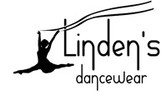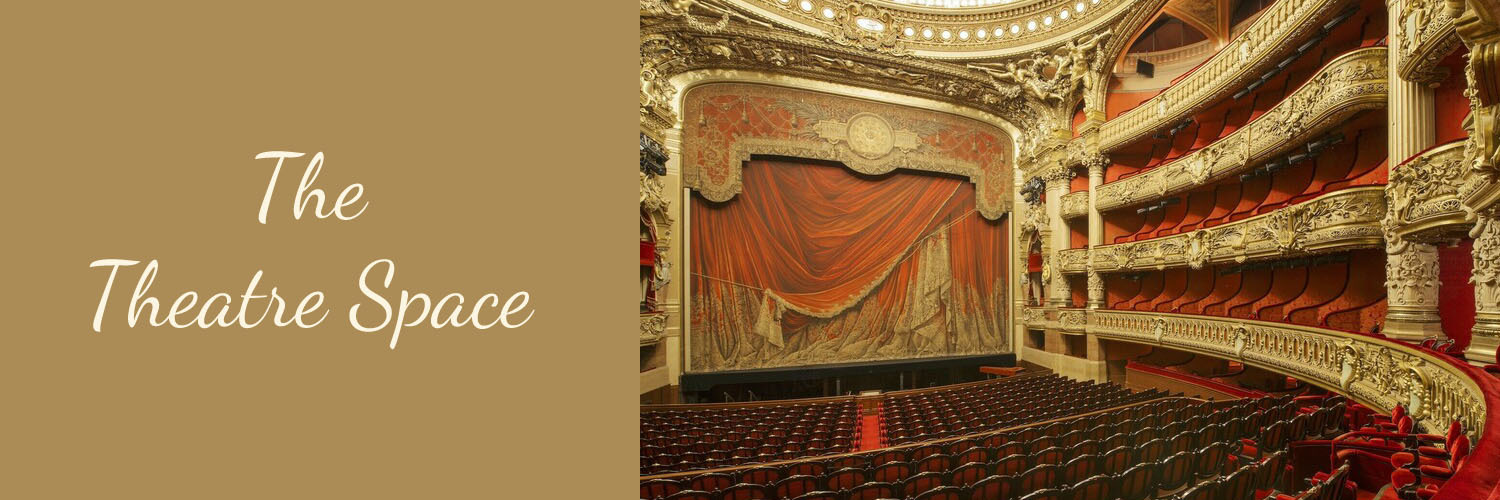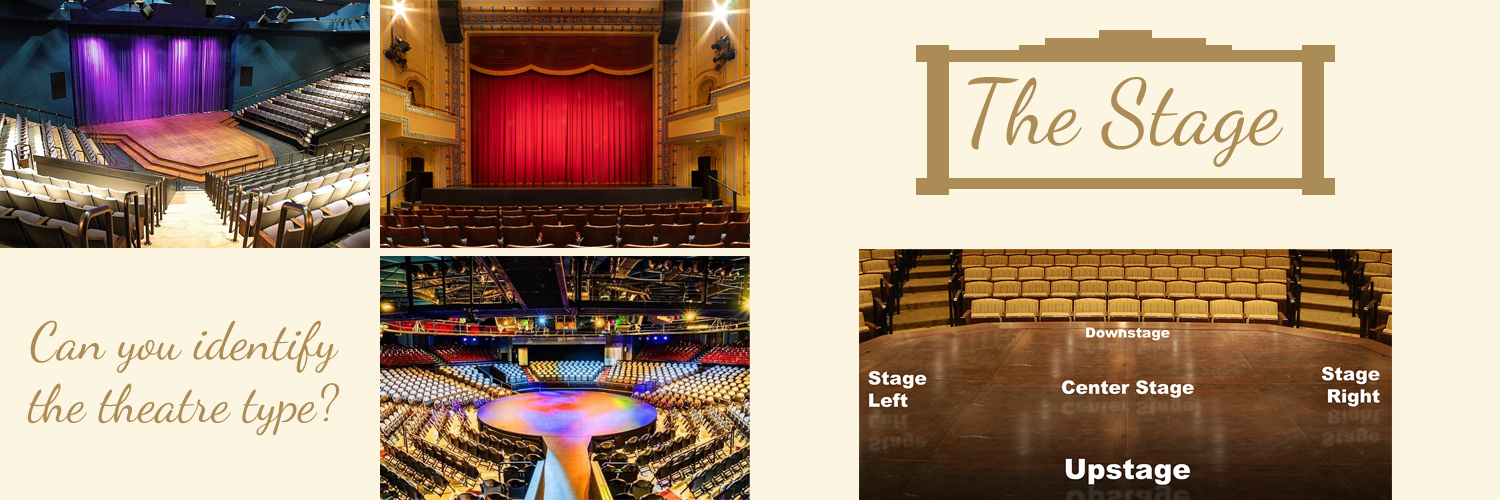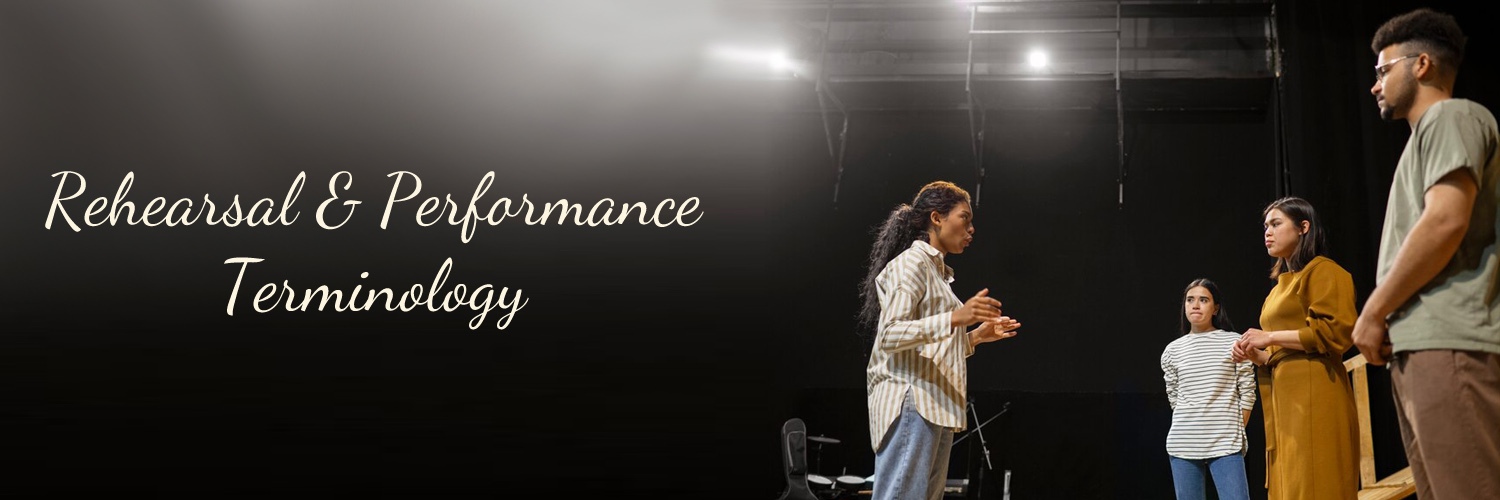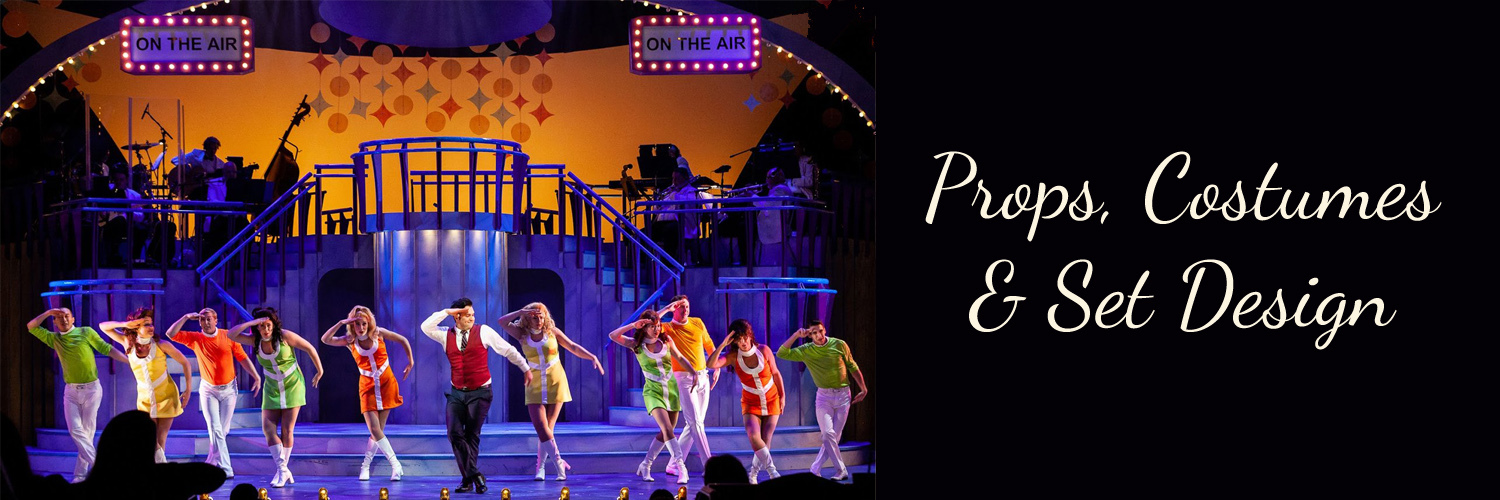From Wings to Center Stage: Understanding Theatre Terminology
Posted by Angel P. on 1st Apr 2025
Understanding theatre terminology is essential for dancers, actors, and crew members navigating the stage. Whether you're preparing for a performance or simply curious about the theatre world, this guide will walk you through the key terms and directions used in a theatre setting.
The Theatre Space
When you enter a theatre, you step into a carefully designed space that enhances performance and audience experience.
- House: The auditorium where the audience sits.
- Orchestra: The seating section closest to the stage, often the most expensive and sought-after.
- Mezzanine: The second tier of seating, offering a balanced view of the stage.
- Balcony: The third and highest tier of seating, typically the most affordable.
- Orchestra Pit: The lowered space between the stage and the audience where musicians perform.
- Boxes: Tiered seating on either side of the stage, often private or premium.
- House Directions: Facing the stage, your right is House Right, and your left is House Left.
The Stage
The stage itself has several important sections and directional terms that performers and crew must know.
- The Fourth Wall: An imaginary wall separating the audience from the performance. Actors "break the fourth wall" when they interact directly with the audience.
- Proscenium Stage: A traditional stage setup with an arch framing the performance area.
- Thrust Stage: A stage extending into the audience, allowing for three-sided viewing.
- In the Round: A circular stage surrounded by audience members on all sides.
- Environmental/Site-Specific Theatre: A performance space designed to immerse the audience, such as transforming the seating area into part of the set.
- Stage Directions:
- Stage Right: The actor’s right when facing the audience.
- Stage Left: The actor’s left when facing the audience.
- Center Stage: The focal point of the stage.
- Downstage: The part of the stage closest to the audience.
- Upstage: The part of the stage farthest from the audience.
A Note on Stage Directions: Since the Middle Ages stages were designed in a raked fashion, slanted upward from front to back offering the audience an enhanced view. "Upstage" and "downstage" are holdover terms, "downstage" was literally lower, closer to the audience, while "upstage" was higher, further away. Even though most stages are flat now (thanks to the advent of ramped audience seating) the terms are still used to indicate relative position on stage, with "downstage" still meaning closer to the audience and "upstage" meaning further away.
Backstage & Technical Terms
Behind the curtain, many unseen elements contribute to a smooth performance. Check out our Backstage Etiquette Blog Post for more ways you can help contribute to a smooth performance!
- Wings: The areas to the sides of the stage where performers and crew wait for cues.
- Leg: The vertical curtain or fabric panel used to mask the wings and create a defined playing space on stage.
- Greenroom: A backstage lounge for performers to relax before and after the show.
- Dressing Room: A private area where performers change costumes and prepare.
- Booth: The control room where the stage manager and technicians operate lighting and sound.
- Fly Rail: A system of pulleys and weights that control scenery and backdrops.
- Batten: The pipes above the stage where lights, curtains, and scenery are hung.
- Fire Curtain: A safety curtain that drops in case of an emergency to separate the stage from the audience.
Rehearsal & Performance Terms
Understanding these terms helps ensure a seamless rehearsal and performance process.
- Blocking: The planned movement and positioning of actors on stage.
- Cheating Out: When an actor subtly turns toward the audience to improve visibility, even if it's not strictly natural to the scene.
- Call Time: The designated arrival time for cast and crew before a performance or rehearsal.
- Dress Rehearsal: A full run-through of the performance in costume.
- Cue to Cue: A technical rehearsal focusing on lighting, sound, and scene transitions.
- Dry Tech: A technical rehearsal without actors, focusing on lights and sound.
- Wet Tech: A technical rehearsal including actors and full staging elements.
- Paper Tech: A planning session for the technical team to discuss cues and transitions.
- Speed-Through: A rapid line rehearsal to maintain pacing and memorization.
- Preview: A final rehearsal with an invited audience before the official opening.
- Strike: The process of dismantling the set and clearing the stage after a production.
Technical & Lighting Terms
Lighting and stage effects play a crucial role in creating the right atmosphere for a show.
- Gel: A colored film placed over a light to create different moods and effects.
- Gobo: A metal stencil placed in front of a light to project patterns or textures onto the stage.
- Running Lights: Low backstage lighting (often blue) to help crew and performers navigate in the dark.
- Curtain Warmers: Lights that illuminate the curtain before a performance begins.
- Fade: A gradual increase or decrease in light or sound intensity.
- Bump: A sudden change in lighting or sound, often used for dramatic effect.
Props, Costumes & Set Design
Every detail on stage contributes to the storytelling process.
- Props: Objects used by actors during the performance.
- Set Dressing: Items on stage that create realism but are not actively used by actors.
- Spike Marks: Tape markings on the stage to indicate furniture or actor placement.
- Costume Parade: A run-through where actors wear costumes for approval by designers.
Final Thoughts
Whether you're a performer, technician, or theatre enthusiast, understanding these essential theatre terms will help you feel more confident navigating the stage. At Linden’s Dancewear, we know the importance of proper rehearsal gear and performance essentials. Visit shop.lindensdancewear.com for everything from dance shoes to stage-ready attire.
Now that you know the lingo, it’s time to take your place center stage!

